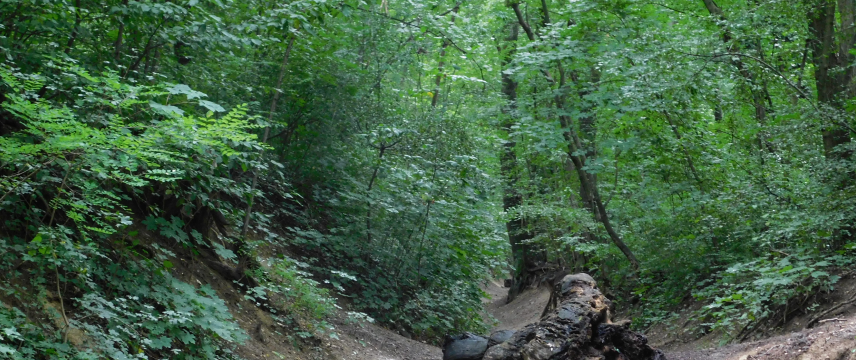Natural areas in Hungary

In addition to maintaining biological diversity, forests are essential to provide ecosystem services such as clean drinking water, clean air, climate control, timber, or recreational opportunities.
The soil of the Hungarian forests is diverse: brown forest soils, chernozem, sandy soils, alluvial and stony soils all vary under the tree stands.
Challenges for this land type
A pressing threat to this land type is the appearance of non-native plant and animal species: some of which spread on their own in natural areas, transforming the soil and displacing the native tree species together with most of the wildlife associated with them.
Just as Climate change is seriously challenging the entire living world, forests are no exception. Over the past centuries, forest management has evolved almost completely and the species composition and age structure of the forest area is decided on the basis of economic considerations. Due to their current condition, forests are sensitive to a number of problems caused by climate change such as frequent storms or abnormally hot days, which can lead to windfalls, fires, insect damage, etc.
Other hazards
In addition to climate change, decreasing groundwater levels due to water management practices such as river regulation and inland water drainage threaten the survival of lowland forests. In most parts of the country, the high density of wild animals also causes issues with the regeneration of forests. Human-caused, and mostly illegal, impacts on forests are also very typical around settlements: buildings, road construction, waste disposal, technical sports that cause erosion, etc.
Who and what is affected?
This situation affects forest owners and managers in the first instance but extends to the whole society through climate and biodiversity change, as well as natural wildlife.
Possible solutions
Possible solutions to the current scenario could be found through:
- Reforestation with the help of saplings from the seeds of the old forest in a natural way;
- Traditional forest management based on natural processes adapted to the forest type;
- Increasing the return to the natural state of forests by transforming its structure and replacing non-native tree stands with native ones.
Sources: